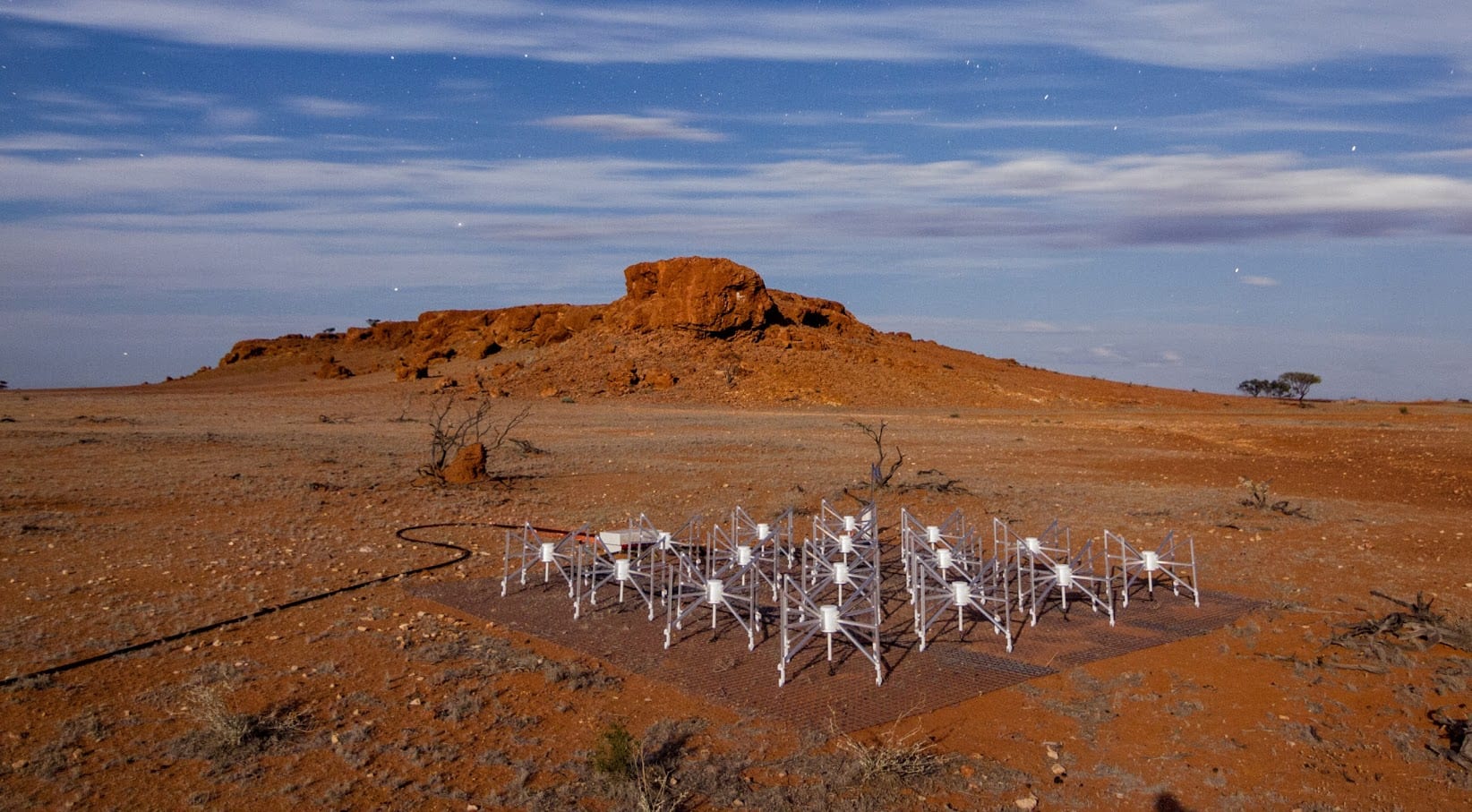Curtin University’s pursuit of knowledge about the wonders of space, and its efforts in translating that knowledge to the general public, have put it in the running for two separate 2016 Australian Museum Eureka Prizes.
The Murchison Widefield Array (MWA) – an international collaboration including partners from Australia, India, New Zealand, the USA and Canada, led by Curtin University – was today named as a finalist for the Scopus Eureka Prize for Excellence in International Scientific Collaboration.
 The popular citizen science outreach program Fireballs in the Sky was named as a finalist for the 2016 Department of Industry, Innovation and Science Eureka Prize for Innovation in Citizen Science.
The popular citizen science outreach program Fireballs in the Sky was named as a finalist for the 2016 Department of Industry, Innovation and Science Eureka Prize for Innovation in Citizen Science.
Curtin’s Acting Deputy Vice-Chancellor Research, Professor Brett Kirk, said the two nominations reinforced the importance of science research at Curtin.
“The nomination of both the MWA and Fireballs in the Sky projects demonstrate Curtin’s leading role in both space and planetary science,” Professor Kirk said.
“The projects are a perfect demonstration of Curtin’s strong contributions to building fundamental knowledge about our solar system and beyond, but also how Curtin engages with the broader community to achieve innovative research outcomes.”
The MWA is a low frequency radio telescope built and operated by an international consortium of universities and research institutions.
Designed to pursue the highest priority goals in cosmology, the MWA is a versatile instrument that has produced diverse science results since commencing operations three years ago, and is one of three telescopes designated as a Precursor for the Square Kilometre Array (SKA).
The MWA’s primary science goals include detection of the weak neutral hydrogen from the Early Universe (the ‘Epoch of Reionisation’, when the first stars and galaxies illuminated the Universe, half a billion years after the Big Bang), and the production of a map of the entire sky visible to the MWA (approximately 30,000 square degrees of sky) at low radio frequencies.
Its other science includes detection and characterisation of variable and transient radio sources, heliospheric and ionospheric science, studying the diffuse gas and magnetic field of our galaxy, and performing multi-messenger follow-up of cataclysmic events that generate gravitational waves and neutrino showers.
The telescope is located in the Murchison Radio-astronomy Observatory, in the Murchison region in Western Australia.
Fireballs in the Sky is an innovative Australian citizen science program that invites people around the world to learn about fireball and meteorite science and contribute fireball sightings via a user-friendly app. To date, more than 23,000 people have download the app and participated in planetary science.
The announcement is the second piece of good news for Fireballs in the Sky this week, with the program named on Monday as a finalist in the 2016 Western Australian Premier’s Science Awards.
The program, shortlisted in the Chevron Science Engagement Initiative of the Year category, is the outreach arm of the Desert Fireball Network project, which aims to understand the early workings of the solar system by
studying meteorites, fireballs and their pre-Earth orbits by capturing the paths of fireballs in the sky from multiple viewpoints.
“We are pleased to have the MWA and Fireballs in the Sky projects recognised as finalists in the Eureka Prizes and look forward to the winners announcement next month,” Professor Kirk said.
Winners of the 2016 Australian Museum Eureka Prizes will be announced on 31 August 2016.
For more information on the Eureka Prizes, see here: http://australianmuseum.net.au/eureka.


